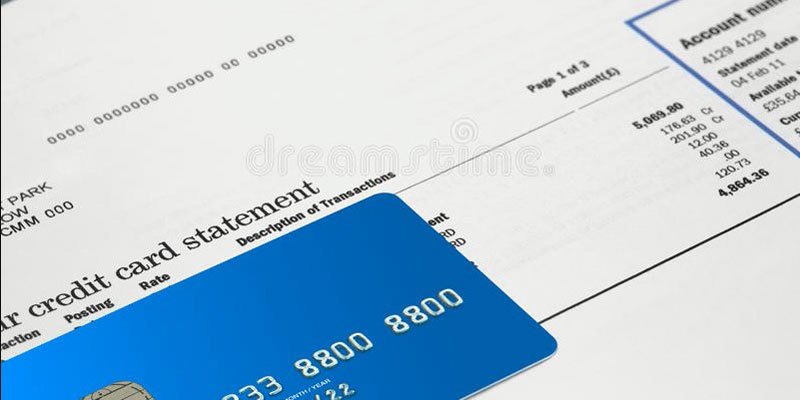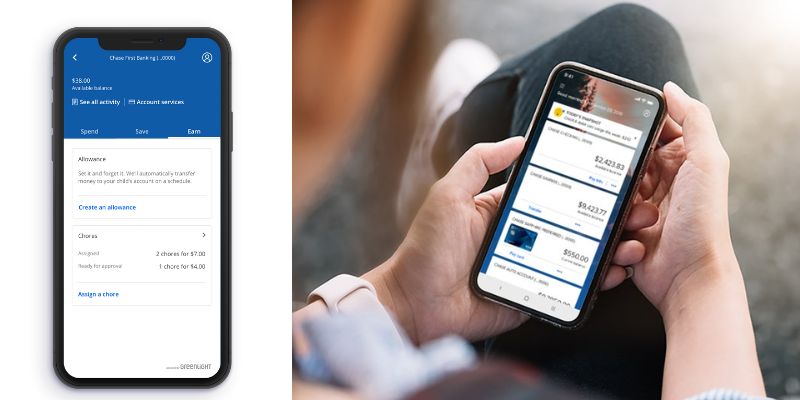Direct consolidation loans are federal loans that combine two or more federal loans for education into one loan. The fixed interest rate is determined by the average rate of all the loans.
Understanding a Direct Consolidation loan
Borrowers who take out direct consolidation loans have the opportunity to lower their overall monthly loan payments by consolidating them into a single installment. The United States Department of Education (ED) is a facilitator for these loans and does not charge applicants for the privilege. Most government debts are eligible for consolidation; however, private loans are not. Once a borrower has graduated from school or fallen below the status of a half-time student, they are eligible to consolidate their debt.
You may be eligible for loan forgiveness programs and extra loan repayment options if you consolidate your debt and take out a new loan. By participating in a loan forgiveness program, a borrower may be responsible for repaying a student loan's principal or a portion of any outstanding interest on the loan completely eliminated. The Direct Loan and Federal Education Loan Forgiveness Programs and the Direct Loan Public Service Loan Forgiveness Program are examples of the types of programs that fall under this category. The borrower is exempt from paying income taxes on any sums forgiven or canceled owing to employment that meets the requirements.
Direct Consolidation Loan Process
Borrowers can get direct consolidation loans through the Federal Direct Student Loan Program. Through the Federal Direct Student Loan Program, students and their parents can borrow money directly from the United States Department of Education to attend one of the participating institutions. Before applying for a direct consolidation loan, you should carefully consider any perks that may be linked with the loans you initially took out. Once the loans have been merged into a new direct consolidation loan, borrowers often forfeit the perks associated with their previous loans. A longer payback period on the new loan may result in the borrower having to pay a higher interest rate.
Consolidating federal education loans is easy and free. Private companies can reach out to borrowers and offer assistance for a fee. However, they are not associated with the Department of Education or its federal loan servicers. The borrower must complete an application to confirm the consolidation loans and then agrees to repay their new direct consolidation loan. After this is completed, the borrower will have one monthly payment for the new loan instead of several monthly payments.

Advantages and disadvantages
Direct consolidation loans have many advantages. Because the repayment term can be extended to 30 years, you may qualify for lower monthly payments. You only need to make one monthly payment. This makes it easier to track your student loan balance.
- A standard repayment plan
- Gradually repayable plan
- A longer repayment plan
- ICR
- PAYE
- The Revised PAYE Plan
- An Income-Based Repayment Plan (IBR)
Once loans are consolidated, they can be removed from default status. If you default on any of your loans, this may be an option. However, you will need to meet some requirements. You must first make three consecutive monthly payments on your defaulted loan or agree to repay the direct consolidation loan using one of many repayment options.
Borrowers have the option of loan forgiveness, such as the Public Service Loan Forgiveness program. The interest rate on a consolidated loan is calculated based on the weighted average of their previous loans. This amount is then rounded to 0.125 percent. Due to this rounding, the consolidated loan's interest rate may be slightly lower or higher than the average rates from previous loans.

Borrowers need to remember that their debt could rise. Consolidating your loan will increase the length of your repayment period, which could be up to 30 years. However, you'll pay less monthly and more over the life of the loan. Direct consolidation loans don't have a grace period. The repayment begins immediately after consolidation, and the first payment is due in approximately 60 days. Consolidating your loans will not give you an automatic credit boost if your loans are in default.
Loan forgiveness requirements do not apply to any prior loan payments made before consolidation. Consolidating your loans may result in some losses. You may lose interest rates, principal rebates, and repayment incentive programs. There are also loan cancellation benefits available for loans you consolidate.




